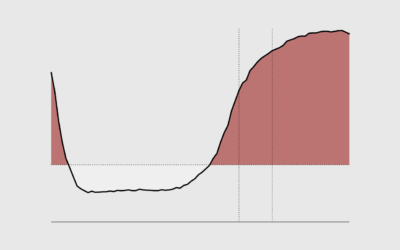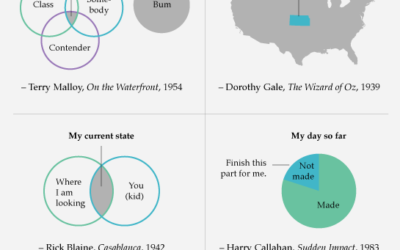The Barack Obama administration is clearly making an effort to get information out to the public. We saw the plan to distribute billions of dollars to help our economy. Obama has now launched Recovery.gov as a way for you to keep track and understand where $787 billion from the American Recovery and Reinvestment Act is used.
So far there are a couple of overview charts, which we’ve seen already, and at the bottom is a draggable timeline. Oh, there’s even a map that shows estimated job effect by state. This is certainly something new that we’re not used to seeing from our government. We’ll see how it all pans out. I’m hoping it does well. If it does, I imagine it won’t be long until other organizations start to become a little more transparent.
In traditional Obama style, here’s the YouTube video describing the new site:
[via GOOD]






chart looks better when it uses a standard scale.
Hmm, did they use the log scale for that one?
From the FAQ:
Q: Is the spending data on recovery.gov available in a format (like XML) that developers can use to create mashups and gadgets?
A: Not at this time. But, as new systems are developed to capture the allocations and expenditures under the Act, we plan to make that data available in exportable form.
Sweet.
I love this guy. So awesome that he gets this kind of stuff and uses the medium to do what it does best: express complex thoughts, ideas and scenarios in a clear and organized fashion. The vast majority would have a big question mark over their head when you tried to explain to them why we need something like this and what it actually is.
They used a square root scale. If you measure the pixels on the original page, then sqrt(B$)/px is roughly constant at about 0.1.
If you click on the graph there, you go to a bubble chart, where each category is a (disconnected, arbitrarily placed) circle.
Both of those charts are poor examples of clear presentation. It would be nice to see a contest where the community generates alternatives, even on this simple stuff, and gives them back. I can’t wait to get ahold of the rich data later.
Pingback: ::: Think Macro ::: » Reading blogs #13